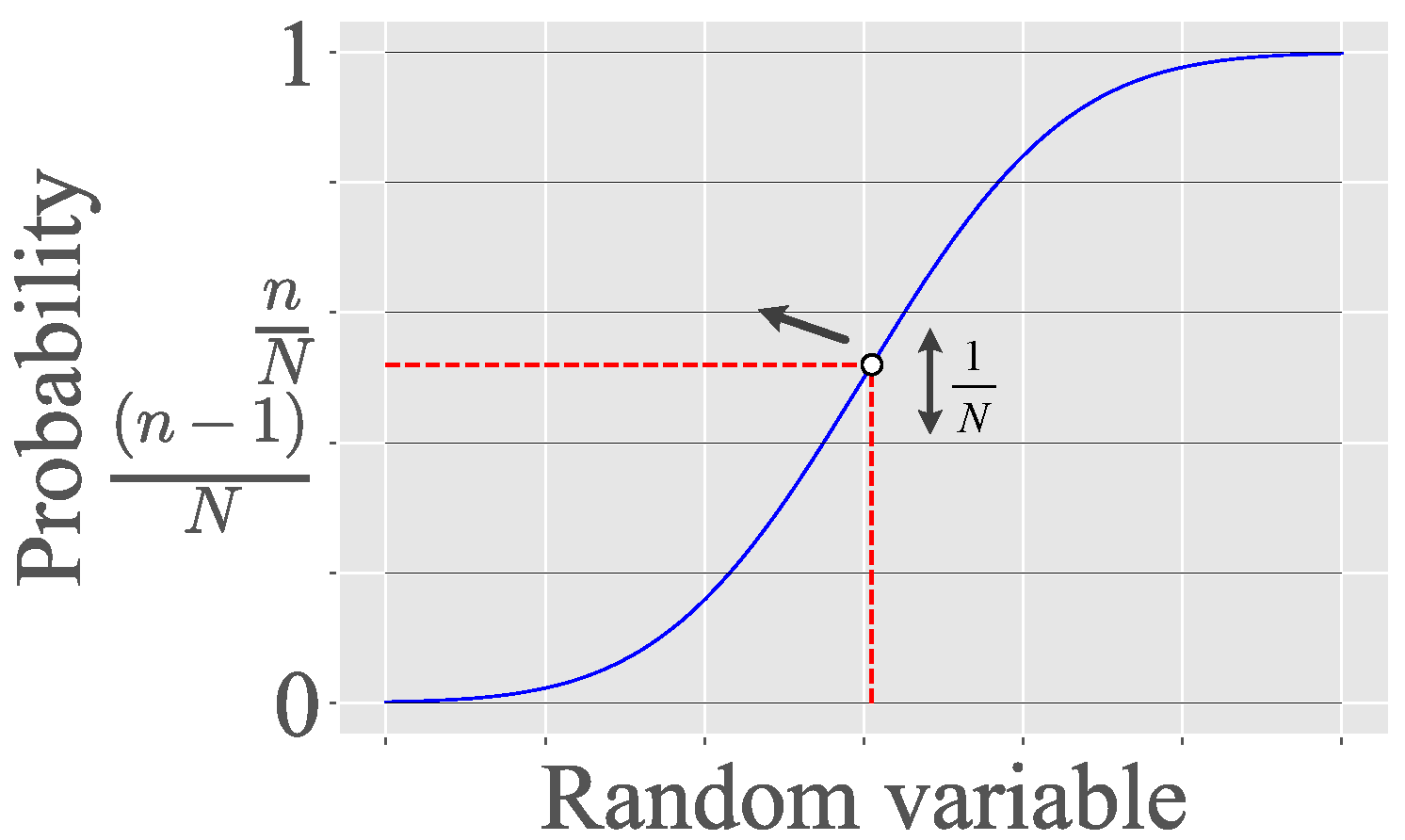
In this matter, environmental variables can aid in taking samples in more innovative and more precise locations while reducing the soil sampling efforts such as time and costs.
One of the most critical steps in digital soil mapping is finding a sampling approach to cover a good spatial coverage of the area regarding the soil spatial variation. A Latin hypercube is the generalisation of this concept to an arbitrary. A square grid containing possible sample points is a Latin square iff there is only one sample in each row and each column. Latin hypercube sampling (LHS) was developed to generate a distribution of collections of parameter values from a multidimensional distribution.
By computing the statistical criteria (mean, variance, standard deviation, etc.) for covariates and comparing these results between the sampling populations and the entire one, we may conclude that both designs gave almost similar predictions. The principal component analysis (PCA) was applied to reduce the data overlap and select the most important variables as the model's inputs. The covariates were indices extracted by the digital elevation model and Landsat images. This study applied this method and compared it to simple random sampling to optimize sampling designs for mapping in the agricultural study site in Hungary.
Return to step (2).Varying Parameter is chosen based on Sensitivity Analysis with Spearman Correlation method to choose influential changes on geometry. (3) Update of GP models based on newly obtained data. (2) Selection of solutions to evaluate next using Thompson sampling within a TR. Overall, considering the type of the study site and the chosen variables, it seems that cLHS is a more applicable method.
TuRBO can be described using the following steps: (1) Initialization using Latin hypercube sam-pling 16. Furthermore, the histogram distribution of most variables in the cLHS was following more closely to the original distribution of the environmental covariates.Meanwhile, vegetation cover hinders the acquisition of the direct information of farmland soil. However, traditional soil-forming factors (i.e., terrain or climatic factors) have weak variability in low-relief areas, such as plains, and cannot reflect the spatial variation of soil attributes. Digital soil mapping plays an important role in efficiently obtaining the spatial distribution of SOC, which contributes to precision agriculture.
Latin Hypercube Sampling Followed Optimization Series Data Extracted
SOC maps were estimated through stepwise linear regression (SLR), partial least squares regression (PLSR), support vector machine (SVM), and artificial neural network (ANN). Honghu City, located in the middle of the Jianghan Plain, was selected as the study region, and the NDVI time series data extracted from Landsat 8 were used as the auxiliary variables. This study used NDVI time series data rather than traditional soil-forming factors to map SOC. The normalized difference vegetation index (NDVI) is an important index reflecting crop growth and biomass. SOC has an important effect on crop growth status, and remote sensing data can record the apparent spectral characteristics of crops.
The effect of the terrain factor on SOC prediction represented unsatisfactory results. Moreover, the prediction results using single-data NDVI or short time series NDVI showed low accuracy. ANN and SVM were better than OK (RMSEP = 3.727, R2P = 0.372), whereas PLSR and SLR were worse than OK. The SLR model was the worst model, with the lowest R2P of 0.281 and highest RMSEP of 3.930. The best model for SOC prediction was generated by ANN, with the lowest RMSEP of 3.718 and highest R2P of 0.391, followed by SVM (RMSEP = 3.753, R2P = 0.361) and PLSR (RMSEP = 4.087, R2P = 0.283). Results showed that SOC had a significant positive correlation in July and August (0.17, 0.29) and a significant negative correlation in January, April, and December (−0.23, −0.27, and −0.23) with NDVI time series data.



 0 kommentar(er)
0 kommentar(er)
